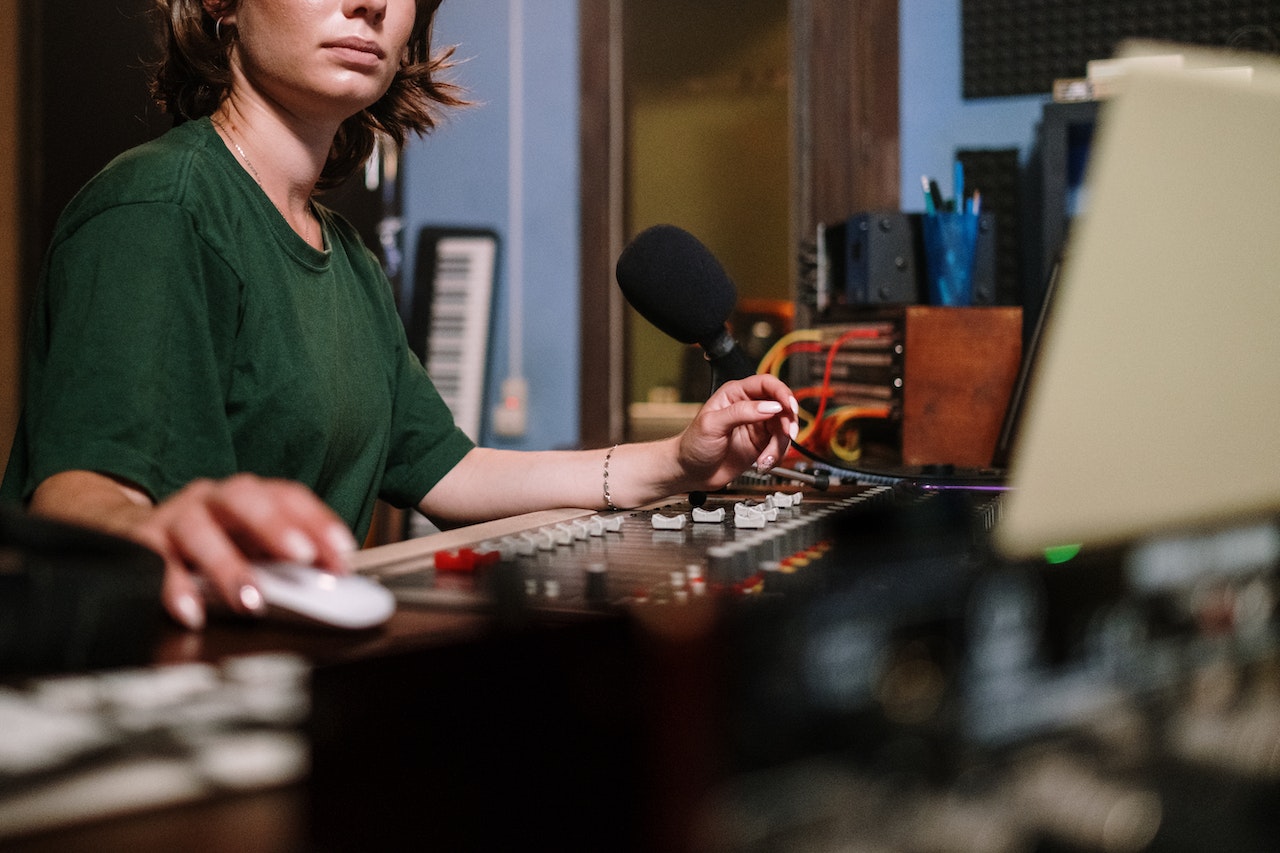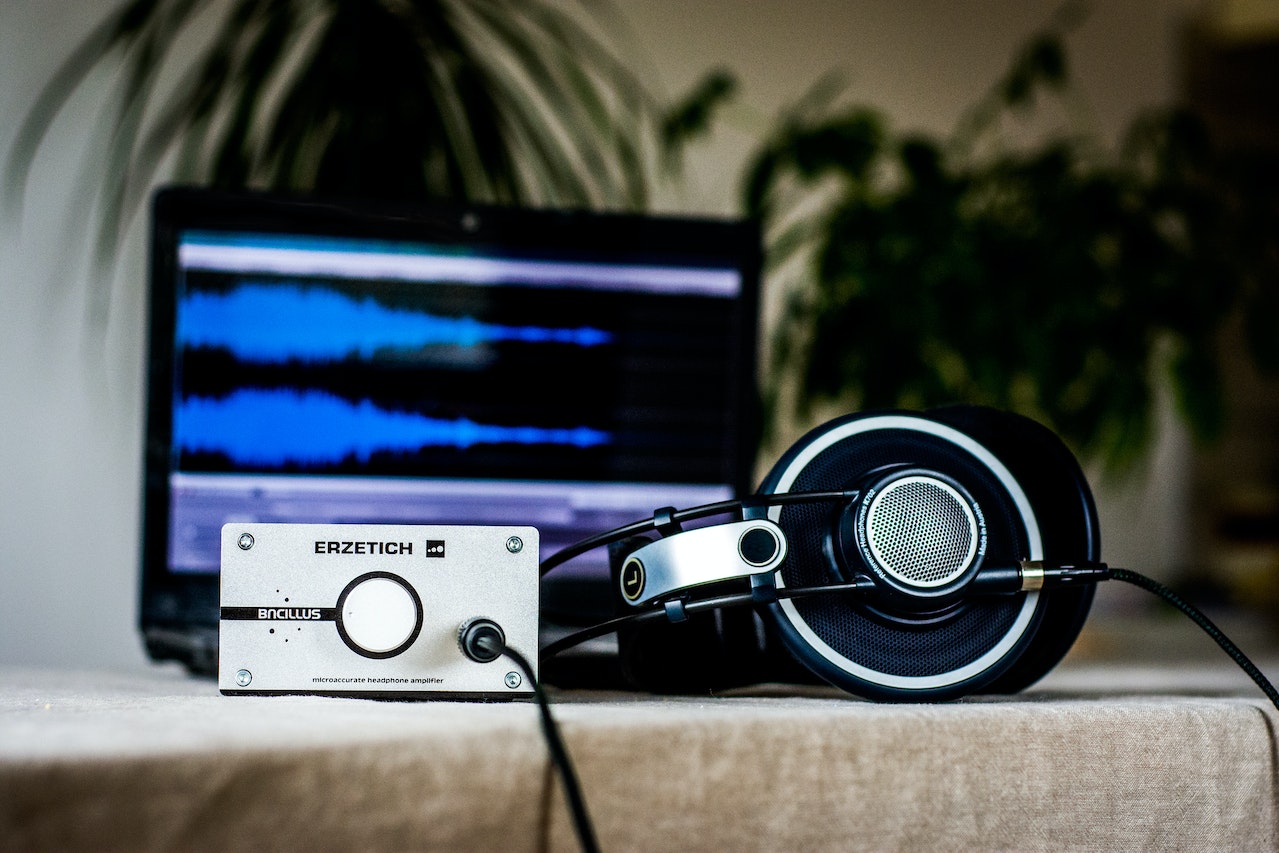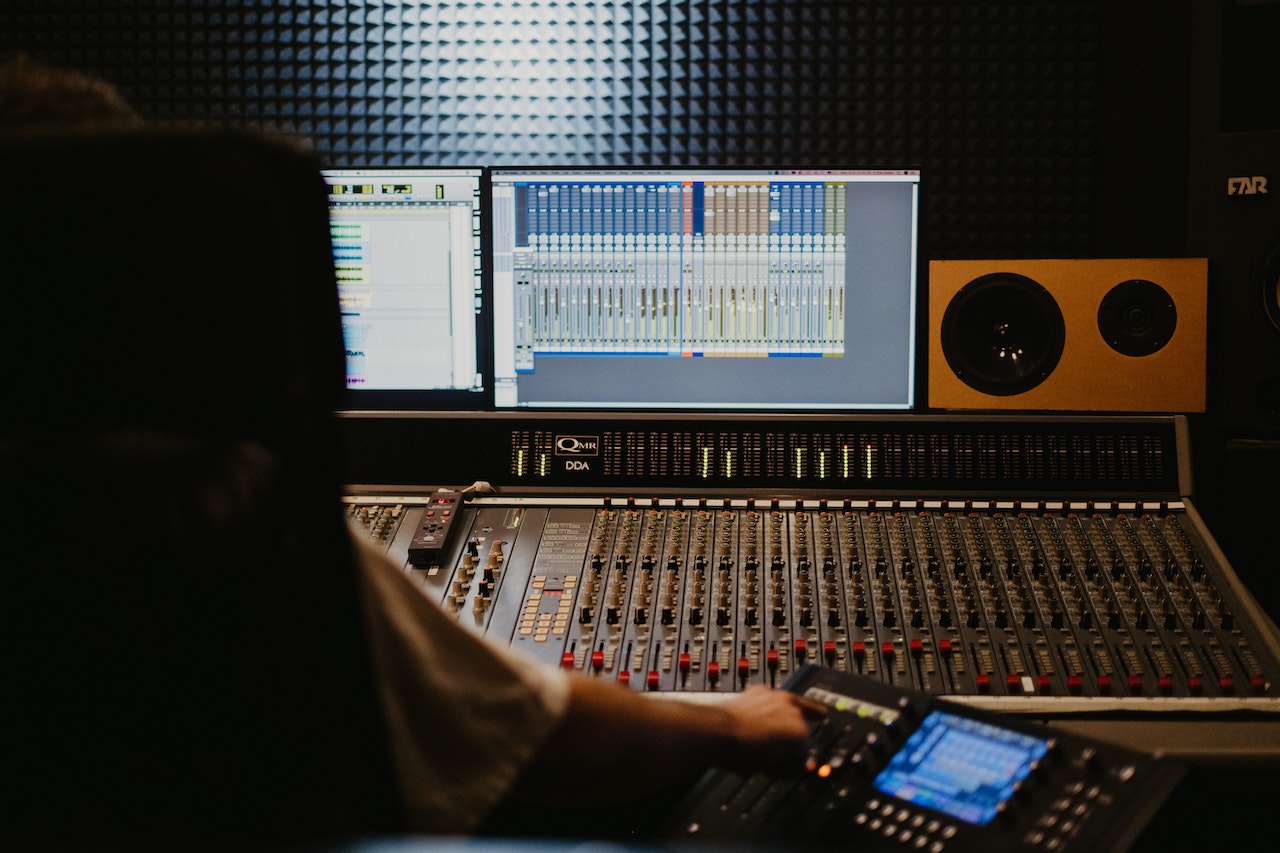In the world of digital audio workstations (DAWs) and audio editing software for podcasts, two names frequently rise above the din: Reaper and Audacity. Their foundations are as distinct as their trajectories; one emerged from the fervent desire to create an adaptable professional-grade tool, while the other sprung from the educational halls with the aim of bringing free, accessible audio editing to the masses. In the midst of this, audio files have always been the core entity that these tools handle.
Their tales aren’t just about editing audio files; they encompass a rich history of innovation, community involvement, and a keen understanding of user needs. In an age where sound and audio play an integral role in our daily consumption of media, be it podcasts, music, or films, the importance of such software is undeniable. Furthermore, the ability to record audio efficiently and convert it into different audio file formats has revolutionized the audio project landscape.
This article dives deep into the evolutionary arcs of Reaper vs Audacity, peeling back the layers to unravel the essence that has made them industry staples.
Related: Best Podcast Editing Software
Contents
Reaper vs Audacity: History And Development
Software isn’t merely coded; it evolves, carrying along a rich history of triumphs and challenges. To fully appreciate any tool, understanding its journey from a mere idea to a dominating force in its domain is essential, especially when it comes to producing audio.
Reaper: From a Vision to a Revolution
Reaper wasn’t just a stroke of luck; it was born out of a distinct vision. Justin Frankel’s genius manifested this DAW in 2006, aiming to challenge industry standards by offering a potent combination of power, flexibility, and affordability.
As a beacon in the digital audio world, Reaper was initially lauded for its speed and compactness. However, as it grew, it seamlessly incorporated diverse features without compromising on its lightweight nature, making it an industry favorite, especially for those keen to edit audio effectively.
Audacity: The Embodiment of Open-Source Excellence
In the dawn of the new millennium, when the internet itself was a budding phenomenon, Audacity emerged as a beacon of simplicity and power. Crafted by Dominic Mazzoni and Roger Dannenberg at Carnegie Mellon University, it demonstrated that quality software doesn’t always come with a price tag.
This completely free tool, with its ability to handle audio recordings and convert them into a plethora of audio formats, has become a cornerstone in the domain of audio recording.
Reaper vs Audacity: Core Features And Capabilities
Beneath the user interfaces lie powerful functionalities and features that define a software’s capabilities. Whether you’re aiming to capture audio for simple purposes or diving into professional music production, both tools serve their users effectively.
Reaper: The Unrelenting Force
Reaper’s motto, ‘Unleash Your Creativity,’ isn’t mere words; it’s a manifestation of its capabilities. The software offers unparalleled flexibility in dealing with audio tracks. Whether you’re dealing with multi-track recording, intricate editing, or high-level mixing and mastering, Reaper stands tall, offering unparalleled flexibility. From supporting virtually unlimited tracks to offering a range of inputs and real-time effects, it caters to every audio professional’s whims and needs.
- Master of Multitudes: From podcasts to elaborate music projects, Reaper’s multi-track recording facility is unparalleled. Not only can it accommodate countless tracks, but it also flexibly supports diverse inputs from MIDI to video.
- Edit Like a Pro: Non-destructive editing ensures originals remain pristine, while real-time effects enable instantaneous audio enhancements.
- Mixing Mastery: Armed with a comprehensive toolset, Reaper transforms mixing and mastering into an intuitive art, offering users an unparalleled, studio-grade experience.
Audacity: The Epitome of Simplicity
While Audacity doesn’t boast the extensive features that Reaper does, it still stands as a formidable tool, especially for beginners and intermediates. Its strong suit lies in its straightforward multi-track editing, efficient processing tools, and essential mixing capabilities. For anyone looking for no-nonsense, effective audio editing, Audacity is a go-to.
- Simplified Multi-track: Primarily an editing tool, Audacity excels in overlaying and visualizing multiple tracks.
- Uncomplicated Edits: From the basic cut-copy-paste trio to efficient noise reduction, Audacity epitomizes simplicity and efficiency.
- No-Frills Mixing: Geared towards uncomplicated projects, its basic mixing tools suffice for podcasts and interviews.
Related: How To Edit A Podcast In Audacity
Reaper vs Audacity: User Interface And Experience
A software’s worth isn’t solely based on its features but also on how effortlessly users can harness those features.
Reaper: Elegance Meets Functionality
Reaper offers a meticulously crafted interface, teeming with customization possibilities. While new users might face a slight initial hurdle due to its vastness, the wealth of tutorials and guides available make the acclimatization process smoother.
- Personalized Canvas: A sleek, customizable interface ensures that long editing hours are both productive and comfortable.
- Mastery through Learning: Its expansive feature set means a steeper learning curve, but with abundant tutorials and guides, mastering Reaper is achievable.
Audacity: Comfort in Familiarity
Audacity offers a no-frills interface that new users will find comforting. Its layout, while not the most modern, is intuitive, ensuring users spend less time searching for tools and more time creating.
- Function Over Flair: Audacity offers a practical interface, prioritizing ease over aesthetics, ensuring even novices can dive straight in.
- Stepping Stones: Intuitive design and straightforward operations make it a perfect starting point for those new to the audio editing world.
Reaper vs Audacity: Extensibility And Customization
The true potential of software lies in how it can be tailored and extended to fit individual needs.
Reaper: A Customizer’s Paradise
Reaper’s adaptability is where it truly surpasses many rivals. Its broad compatibility range, from VST to AU, and its profound theming and scripting capabilities, ensure users can mold the software as per their workflow.
- Plugin Pantheon: From VST to JS, its vast compatibility list ensures users are never limited in their audio endeavors.
- Thematic Theatrics & Scripted Surprises: Customizability is at Reaper’s heart, from appearance to tailored actions via scripting.
Audacity: The Open-Source Advantage
Audacity’s strength lies in its open nature. While it might not offer the extensive customization that Reaper does, its compatibility with various plugins and the ability to modify its core provides enough room for tweaks.
- Plugin Playground: While its plugin support range is narrower than Reaper’s, it still offers sufficient extensibility for users.
- Open-Source Orchestrations: Audacity’s core can be tweaked at will, ensuring users can mold the software as they see fit.
Related: How To Make Your Voice Sound Better In Audacity
Reaper vs Audacity: Pricing And Licensing
While functionalities are paramount, the cost is an undeniable factor influencing choices.
Reaper: Quality At A Price
Reaper, with its two-tier pricing, ensures both individual enthusiasts and professionals find value. The generous trial period further adds to its appeal.
- Flexible Finances: With distinct versions for personal and commercial use, Reaper caters to varied financial brackets.
- Test the Waters: A comprehensive 60-day trial ensures users fully grasp its value before committing financially.
Audacity: Freedom In True Sense
Audacity’s zero-cost model is a boon for many. Its promise of a feature-rich platform without any financial commitments makes it an irresistible choice for many. Being open-source, Audacity is a gift to the audio world, demanding no monetary commitment.
Reaper vs Audacity: Community And Support
Behind any software’s success lies a strong, supportive community and a responsive support mechanism.
Reaper: A Thriving Ecosystem
Whether it’s the official forum, knowledge base, or myriad third-party communities, Reaper’s support system is vast and ever-evolving, ensuring users never feel stranded.
- Official Oases: A sprawling official forum and knowledge hub ensure users always find guidance.
- Unofficial Universes: Multiple dedicated platforms, outside the official channels, are testaments to Reaper’s widespread appeal.
Audacity: Riding On Community Spirit
Audacity’s success story is a testament to its community. From the official resources to the numerous independent forums and channels, the software is buoyed by an enthusiastic and dedicated user base.
- Official Outposts: The official website is a treasure trove of resources, from basic guides to complex troubleshooting.
- Global Guild: The open-source nature means a global community constantly converses, troubleshoots, and enhances the software.
This comprehensive delve into Reaper and Audacity highlights not just their features but also their origins, ethos, and the community they’ve nurtured. Whether you prioritize flexibility, price, or user-friendliness, understanding their trajectories can guide your choice between these two audio titans.
FAQs
Is Audacity Better than Reaper?
Comparing Audacity and Reaper is like comparing apples and oranges, given that their intended purposes differ. Audacity is an open-source, free audio editing software designed for straightforward audio manipulation tasks. It’s ideal for simple recording, trimming, noise reduction, and exporting in various formats. Its uncomplicated interface and lack of cost make it a favorite among beginners or those who need basic editing capabilities.
Reaper, on the other hand, is a full-fledged Digital Audio Workstation (DAW) tailored more towards professionals or serious audio enthusiasts. It offers a comprehensive set of tools for recording, editing, mixing, and mastering audio. Furthermore, Reaper supports advanced features such as multi-track recording, MIDI capability, and extensive plugin compatibility.
In essence, the better software depends on the specific requirements of the user. If you need a simple, no-frills audio editor, Audacity is perfect. However, if you’re looking for a comprehensive solution with a wide array of features, Reaper is the way to go.
Is Reaper Used By Professionals?
Yes, Reaper is widely used by professionals across various domains of the audio industry. From podcast producers to musicians and from sound designers to post-production professionals, many appreciate Reaper’s versatility, customization options, and efficient performance. Its affordable pricing, combined with features often found in more expensive DAWs, makes it an attractive choice for professionals seeking robust functionality without breaking the bank.
Additionally, Reaper’s active community, combined with its extensibility, means professionals can tailor the software to their unique needs, further cementing its place as a preferred choice in many professional studios and setups.
What are the Disadvantages of Reaper DAW?
While Reaper is lauded for many of its features and capabilities, no software is without its drawbacks. Some commonly cited disadvantages include:
- Steep Learning Curve: Compared to more straightforward audio editing tools, Reaper has a plethora of features that can be overwhelming for beginners.
- Interface Aesthetics: Some users feel that Reaper’s interface, out of the box, isn’t as visually appealing or intuitive as some other DAWs. Although this can be mitigated with custom themes, the default look may not be to everyone’s liking.
- Lack of Virtual Instruments: Unlike some DAWs that come packed with a wide variety of virtual instruments, Reaper offers a more limited set. However, its extensive compatibility with VST plugins means users can easily integrate third-party instruments.
- Sparse Documentation: While the user community is vibrant and there are numerous tutorials online, the official documentation for Reaper is sometimes considered less exhaustive compared to other professional DAWs.
Can I Use Audacity as a DAW?
While Audacity possesses some features commonly found in DAWs, such as multi-track editing and a suite of built-in effects, it lacks many of the advanced features and functionalities present in full-fledged DAWs like Reaper, Pro Tools, or Ableton Live.
For example, Audacity does not natively support MIDI, lacks advanced mixing capabilities, and doesn’t facilitate real-time audio effects processing. Its primary design is for audio editing, and while you can certainly use it to layer tracks and create simple mixes, its capabilities are limited when compared to dedicated DAWs.
However, for beginners or those on a tight budget, Audacity can serve as an introductory platform to understand the basics of audio manipulation before transitioning to a more advanced system.
Conclusion
In the intricate tapestry of digital audio editing and recording, Reaper and Audacity emerge not just as mere tools but as embodiments of community-driven innovation and passion. Their resilience and adaptability over the years stand as a testament to their foundational principles and commitment to user needs. While Reaper astonishes with its extensive professional capabilities,
Audacity charms with its straightforwardness and accessibility. Yet, at the core, both serve a singular purpose: to empower creators, whether novices or experts, in sculpting soundscapes that resonate. As the digital age continues to evolve, one thing remains certain – the stories and legacies of these two software giants will echo in the annals of audio history, guiding and inspiring future generations of audio enthusiasts and professionals alike.




